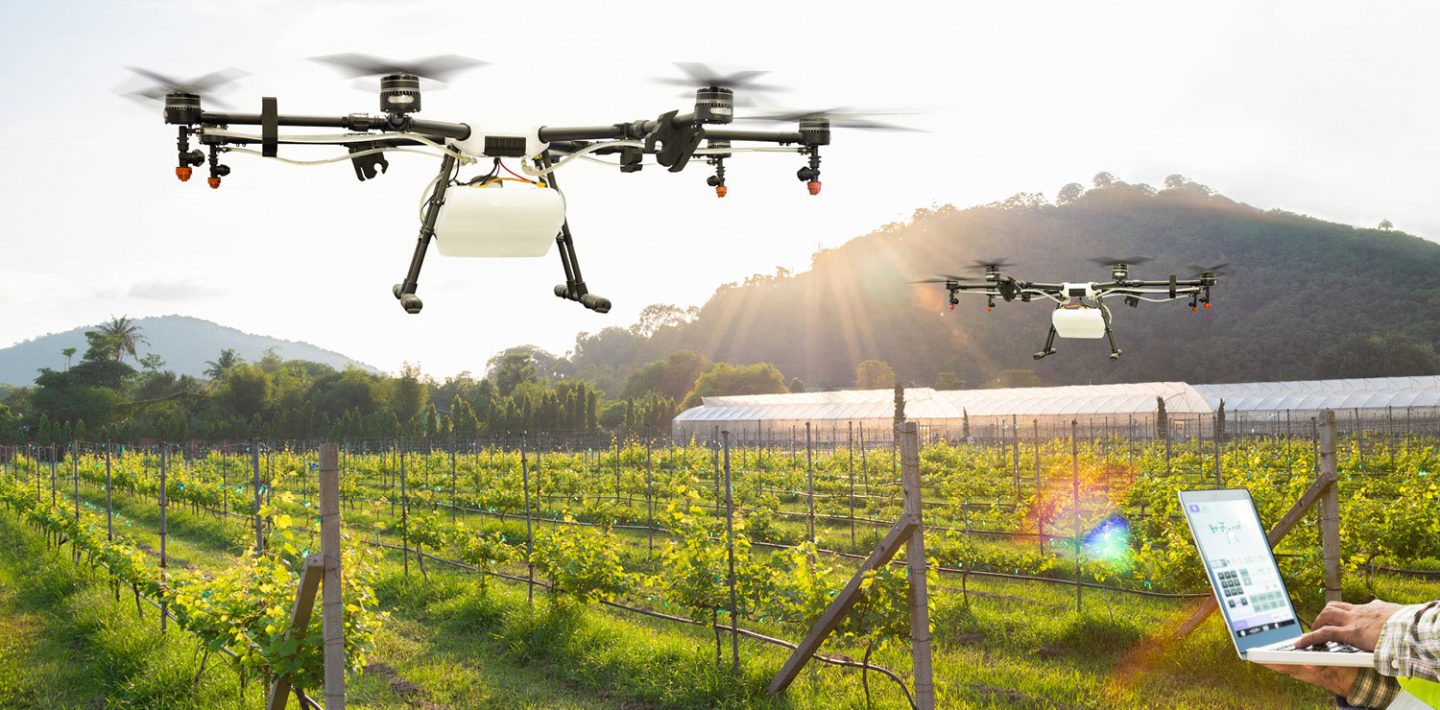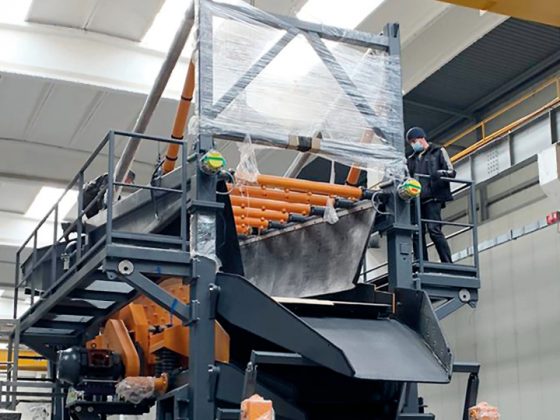
Extreme weather conditions, high price pressure and contradictory consumer demand for sustainable yet cost-effective products: agriculture is facing increasing challenges. The consequence is that agriculture needs to become more efficient and productive – as well as to be able to make precise forecasts with regard to its planning. This seems familiar to LAPP, as the Industry 4.0 environment also requires the recognition of possible errors and challenges at an early stage – predictive maintenance technology has made its way into innovation development. The need for this has now also become apparent in the agriculture sector: the number of agricultural operations in Germany has fallen by 42 per cent since 1999, with small farms with utilisable space of less than 200 hectares particularly affected by this trend. Most of these are also organic operations. The impact of further declines could be catastrophic, as according to the Federal Ministry for Food and Agriculture, the German agricultural industry is one of the four largest producers in the EU. Alongside the production of animal products, grains, vegetables and fruit, land cultivated for bioenergy and raw materials are also important resources that agriculture offers us.
IoT for agriculture
The agricultural sector has already made important breakthroughs with plant cultivation and genetic engineering. Now, the next revolution is about to be Smart Farming – the digitalisation of agriculture. The term refers to the integration of modern information and communication technologies into the agriculture sector, which can be used in both large and small businesses. Monitoring, remote control and automation will enable more efficient and thus more sustainable agriculture. Intelligent data analysis enables results from monitoring systems to be collected, interpreted and analysed, for example, in order to ensure more precise use of human, financial and agricultural resources. Specifically, if the system measures that the potatoes still have enough damp soil, several hundred to thousand litres of water can potentially be saved depending on the size of the operation. If the system goes a step further, it automatically reports this to the irrigation systems, which switch on and off autonomously. To achieve this, a reliable power and data supply must be guaranteed. After all, if farmers rely on their Smart Farming system and it fails, harvests for an entire season can be lost.
Smart Farming on the rise
In Germany, there are already a few start-ups and initiatives dealing with the topic of Smart Farming: For example, the young start-up, VetVise, has developed an AI-based monitoring system for pigs and chickens. The equipment for this is kept manageable: cameras, cables and an Internet connection are required for the monitoring system in the stable. The AI in the machine learning network was “taught” the behaviour of the animals using 100,000 images. Abnormal behaviours can then be reported to the farmers and alert them to potentially ill animals. Another example is monitoring a popular after-work drink: the start-up, Lilienthal Digitaler-Weinbau, uses drones to optimise wine cultivation. The drones detect diseased vines using multi-spectral cameras and various sensors. A massive advantage of this is that the drones do not drive on the ground, which reduces the densification of diseases. The topic is becoming increasingly important, as winegrowers have no time to watch millions of vines every day. The Berlin-based company, Deepfield Connect, specialises in four areas: field and asparagus monitoring, milk monitors and leaf sensors monitor the current status and give warnings if certain measured values leave the normal range. This enables farmers to react early and possibly save their harvest.
Smart Farming has also arrived on the European level: “Agri Gaia”, one of various application projects for the European Gaia-X infrastructure, wants to close the circle: the link between sensor data recording in agricultural machinery and monitoring systems, training the algorithms on the corresponding servers and the continuous optimisation of these algorithms. This is intended to create a data pool of information that is continually expanded with the day-to-day business of the farmers and improves the system algorithms.
The challenge of the future
But what does it take to guarantee reasonable and reliable Smart Farming? On the one hand, robust connection solutions are required. This is because the activity of larger animals and dust in the stable means that the technical equipment must be able to put up with a lot – also to protect the animals. “This is not an easy task”, says Marco Artoli, Project Manager for Industrial Communication at LAPP. Components must be resistant to bacteria and biogases that can affect the electronics when in contact with plants or animals. Another issue here are synthetic-based organic materials such as oils, greases and the corresponding emulsions. As smart farming technologies are usually used outdoors, the solution must be sufficiently protected against heat, cold and humidity. On the other hand, Artoli sees smooth communication as a challenge: different systems and components need to communicate with one another continuously. Ultimately, this requires a stable data connection for large amounts of data. 5G will also play an indispensable role here. When it comes to robust solutions, LAPP knows what to do, as things can be tough in production, wind farms or photovoltaic systems, too. LAPP’s special ROBUST formula, which is already being used for power cables, signal and sensor cables and Ethernet connections, is a remedy. “One Italian customer has been using the connection solutions from the ROBUST series for many years now for an automation system in the chicken coop”, said Artoli. Because with all automation, it is important that both animals and electronics are protected in the long term. If this is the case, a solution like this offers real added value for farmers.
Ultimately, Smart Farming can be seen as a type of predictive maintenance technology for barns or fields. The desired Smart Farming system must therefore be flexibly integrated into the corresponding operation in order to bring real added value to farmers. Related parameters, such as the influence of the weather on the fertility of an animal or the use of weather forecasts for optimum irrigation of the fields, could be used to make agriculture as efficient and resource-saving as possible. The degree of the integration of such technologies also needs to be flexible and customised – should the system only provide warnings? Make recommendations? Or initiate actions independently? This is a forward-looking field requiring intelligent and innovative solutions – one which LAPP as driving force behind innovative connection technologies in the field of network technology and plant monitoring is also taking into account.



